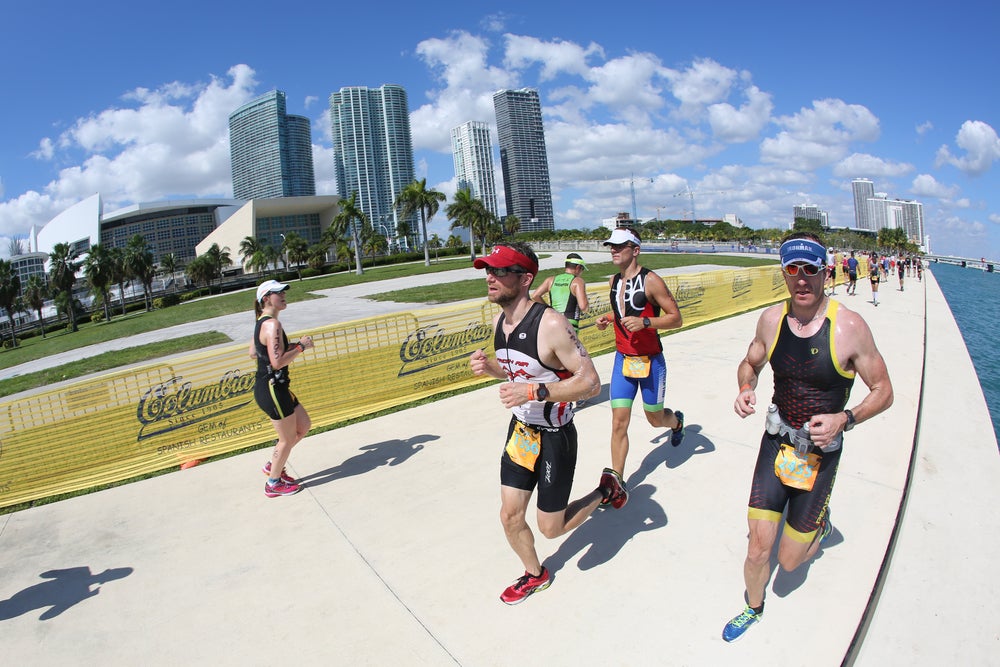One Doctor’s Advice for Avoiding the Dreaded Bonk

Photo: Shutterstock.com
For the most part, there are two types of bonking: hypoglycemia (in which your body runs out of fuel, or glucose) and hyponatremia (a loss of sodium in the blood). When you hear the word “bonking,” it’s typically the former, but both are terrible fates. Here’s how to distinguish between the two types and what to do about it.
Hypoglycemia
You only need to experience exercise-induced hypoglycemia once to know it’s bad. Your body—and especially your brain—runs on glucose, and having low blood sugar means your body is out of fuel, often after about two hours of exercise without taking in carbs.
Recognize it: It starts as a headache and can also include nausea, fatigue and a slowed pace. Once you have a hypoglycemia “attack,” it usually takes about a half hour or more to cure—more than enough time to spoil any race or event.
Fix it: When you experience this type of bonk, ingest carbs. Sports drinks and gels are usually readily available, but a sectioned piece of an orange is a revitalizing, pure sugar injection for your system.
Avoid it: Prevention is key. During long exercise sessions, your body needs fuel, period. Gels and drinks are the easiest ways to keep your blood sugar from dropping. Pre-race nutrition is important as well: Make sure you’re getting in the calories your body needs.
Hyponatremia
Hyponatremia, a loss of sodium in the blood, is common during endurance events, especially those lasting more than four or five hours. The symptoms are often not apparent while they’re happening. When athletes sweat in hot and humid conditions, they lose both water and electrolytes like sodium and potassium.
Recognize it: The symptoms of hyponatremia are different from those of hypoglycemia. The main difference is the changes in mental status that are the hallmarks of hyponatremia: confusion and an inability to focus on where you are. Muscle cramping and swelling of the fingers and toes can also occur.
Fix it: Replace the salt you’ve lost. In the middle of a race, this could mean pretzels, potato chips or other salty snacks—even most sports drinks act as a quickly digestible source of sodium. If hyponatremia gets bad enough, you’ll need a physician-administered saline drip via an IV to bring you back from this bonk.
Avoid it: Take in sodium. Prevent hyponatremia by downing sodium in electrolyte drinks and gels instead of water during the race, especially during the second half of your event. As for how much, everyone is different, so go by how you feel, and test it out in training.